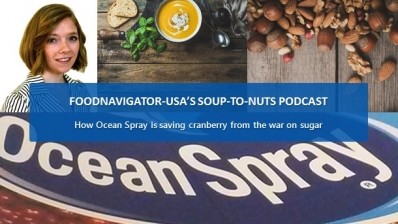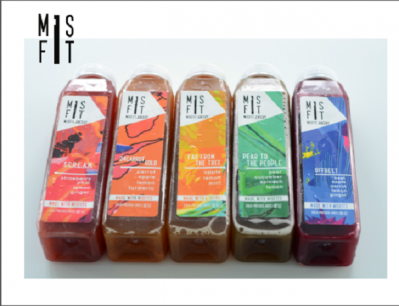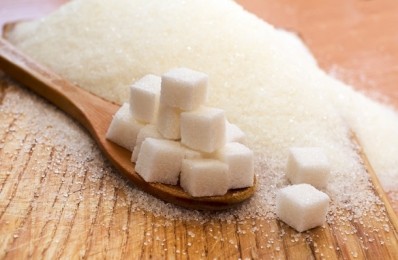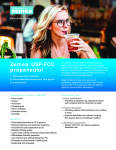Soup-To-Nuts Podcast
Soup-To-Nuts Podcast: How can manufacturers meet sodium, sugar & calorie reduction demands?
At IFT’s annual Food Expo in Chicago in mid-July, suppliers rose to this challenge and showcased solutions that will help manufacturers meet tightening sugar and sodium reduction goals without dramatically impacting their product quality or turning off consumers by using synthetic or chemical-sounding ingredients.
This episode of FoodNavigator-USA’s Soup-To-Nuts Podcast explores what is driving the demand for lower sodium, sugar and calories and a few of the solutions currently available.
It kicks off by taking a closer look at sodium reduction efforts, which just got a big push in June when FDA announced ambitious sodium reduction targets for food manufacturers and restaurants to meet in the next decade.
One solution showcased at IFT was Scelta’s Taste Accelerator technology, which uses mushrooms to reduce sodium up to 50% across a wide range of savory and bakery applications.
The company’s CEO Jan Klerken explained that mushrooms have some glutamate and guanylate, which infuse products with a flavor enhancing umami that can be used to maintain taste-perception but with less sodium, MSG and other undesirable ingredients. The technology also is unique because it is potassium-free, he said.
Another natural sodium reduction solution at IFT was Lycored’s Sante, which is made from tomatoes but comes in a neutral tasting natural liquid or powder and which the company says in marketing materials is “designed to balance roundness, intensity and lingering in taste.”
Sante can reduce sodium up to 30% in many applications without impacting taste perception, according to Christiane Lipper, who heads Lycored’s food marketing division.
She also noted that Sante may surprise some manufacturers by also easily reducing sugar in some products, including a strawberry banana smoothie at the show that had 25% less sugar than its traditional counterpart.
Several other ingredients at the show also pull double duty on sodium and sugar reduction, including yeast extracts from Biospringer.
Marilyn Stieve, marketing manager for the company explained that yeast extracts also can help with fat reduction by lending a creamy mouth feel to products. Plus, she said, they fit nicely into the overall clean label movement because they are natural ingredients with which consumers are familiar and associate with ingredients they find in their own kitchen.
Sugar reduction solutions
Several suppliers also showcased ingredients specifically geared towards sugar reduction, which allowed them to more subtly address both function and taste concerns with replacement.
Among these was the joint venture between Archer Daniels Midland Company and Matsutani Chemical Industry Co., which ten years ago launched Fibersol – a full line of soluble dietary fiber food ingredients.
Doris Dougherty, Fibersol technical service representative from ADM, explained that the brand’s portfolio can address several of the functional elements of sugar, including mouth feel, bulking and even softening some of the bitter notes of zero-calorie sweeteners.
The brand also launched at IFT a new liquid version of Fibersol – Fibersol-2L, which Dougherty explained is ideal for bulk handling and ease of incorporation. Plus, because the product is already hydrated it allows manufacturers to skip the mixing step.
While Fibersol can help with many technical aspects of sugar reduction, it is not sweet – so manufacturers would need to add another ingredient if this was also a priority.
Stevia is a well-known choice, which members of the International Stevia Council explained at IFT is well accepted among consumers for its natural and healthy profile.
Nathan Yates, business director, Enliten and NA Sweetness Innovation at Ingredion, acknowledged that early versions of Stevia had some off-notes, but he said new research is uncovering additional, better tasting Stevia molecules that increasingly are appealing to big brands.
Like with Stevia, ingredients aimed at reducing sugar and sodium will continue to evolve – making it easier for manufacturers to appeal to consumers for taste, while still offering healthier alternatives.
















